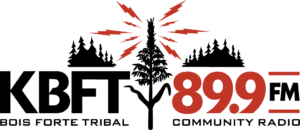Anishinaabe Word of The Day
Choke cherries (asasawayminaan)
Chokecherry is a suckering shrub or small tree growing to 1–6 metres (3+1⁄2–19+1⁄2 feet) tall, rarely to 10 m (33 ft) and exceptionally wide, 18 m (60 ft) with a trunk as thick as 30 centimetres (12 in).[4] The leaves are oval, 2.5–10 cm (1–4 in) long and 1.2–5 cm (1⁄2–2 in) wide, with a serrated margin.[5] The stems rarely exceed 2 cm (3⁄4 in) in length.[6]
The flowers are produced in racemes 4–11 cm (1+1⁄2–4+1⁄4 in) long in late spring (well after leaf emergence), eventually growing up to 15 cm.[4] They are 8.5–12.7 millimetres (3⁄8–1⁄2 in) across.[7][8]
The fruits (drupes) are about 6–14 mm (1⁄4–1⁄2 in) in diameter, range in color from bright red to black, and possess a very astringent taste, being both somewhat sour and somewhat bitter. They get darker and marginally sweeter as they ripen.[5] They each contain a large stone.[6]


